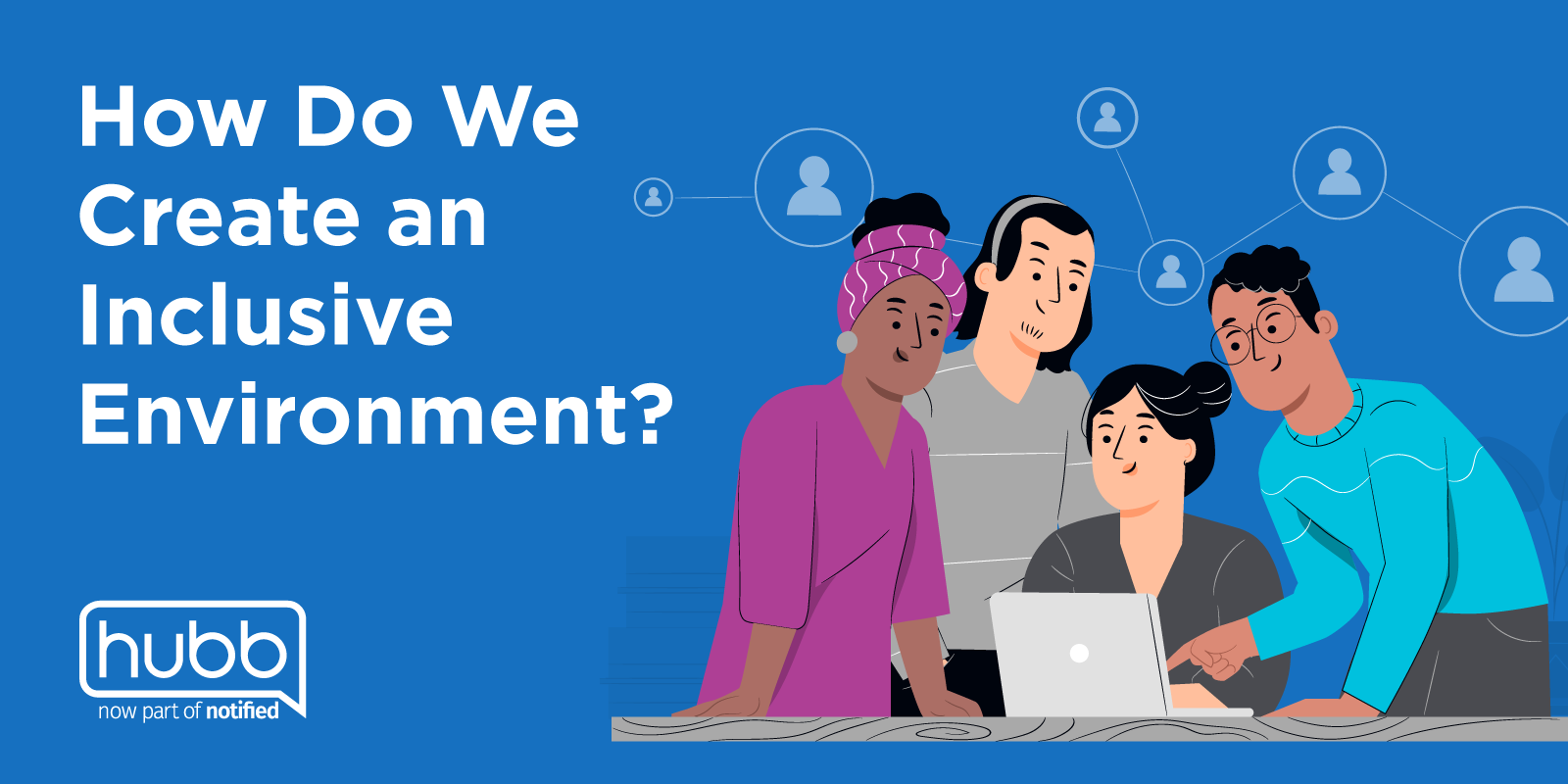True inclusivity is all about we, not me.
Sing along with us: one of these things is not like the other… And when it comes to audiences, no one is the same as another. With the move to digital and hybrid, attending an event is possible for a host of new folks: People who previously couldn’t afford the time and money it took to travel to an in-person event. People with rigorous dietary or mobility restrictions. People who don’t like crowds. With a greater diversity of attendees, it’s imperative that we prioritize making an inclusive environment.
For this, successful event managers need to remember the Platinum Rule way more than you need to follow the Golden Rule: do unto others as they wish. What might make an event work for you may not be what your attendees need. More crucially, what you may not even list as a possible concern may be a key challenge for your attendees.
The event professionals in our UNTETHERED community explained this when they shared with us their best practices on how to create an inclusive environment. Our Audience Design chapter summarizes their comments. Peek inside the chapter now, as we share some of our UNTETHERED attendees’ foundational steps toward inclusivity—not only will these set you on the path to an event that is truly for all of your community but it will help you build that diverse community. When people feel seen, they can—and do—participate more.
Conduct accessibility audits
You want to make it easy for people with disabilities to get around your in-person event. Likewise, you need to design your online event for easy access for all. This is especially critical during live events. Accessibility audits evaluate how easy (or not) it is for people to navigate and interact on the website or platform. Keeping track of how well you did at accessibility for past events helps prevent issues from recurring in the future.
How was your experience?
Picture yourself without GPS in the middle of Times Square, needing to catch your train from Penn Station. There’s no time to waste! But you’ll get a different answer on directions depending on if you talk to the person in the business suit rushing by, the tourist clutching a stack of maps, or the bright-pink bear mascot.
Don’t set your attendees adrift like that. Good user experience, or UX, is about evaluating what it’s like for someone to use a product or, in your case, to interact with and get around your online event platform. What’s the journey like? How easy and efficiently can people move about? Keep those questions in mind from early planning days through the event:
- Start with good UX design.
- Get beta testers involved to test drive. Gather their feedback on what works, what doesn’t, and how to improve.
- Create a pop-up tutorial or a series of mini videos that guide your attendees through the platform. You can also add pop-up notifications that bring your audience to where they need to be, when they need to be there. (You can see almost anything in Times Square—too bad there aren’t pop-up guides!)
Lend an extra hand
Certain kinds of accessibility get a lot of attention, perhaps in part because they affect more people. A truly inclusive event considers all manner of audience needs—and meets them before the audience needs to ask (or, worse, goes to complain).
For example, remember the diversity of language needs in your audience: How many native languages, outside of English, will be represented? Could you provide translation for some or all? This includes sign language. You can gauge which languages will be represented in your registration survey. If you’re not able to translate every session, at least consider providing translation for keynote sessions. For the hearing impaired, provide closed captioning, an interpreter, or signer.
Or how about this: Thankfully, we now notice, and care, about people who learn better if they can stand, stretch, or knit while listening to a presentation. So, consider distributing sensory kits (e.g., Playdoh, fidget spinners) that allow attendees to feel, touch, and keep their hands busy—and their minds engaged. Remember, your content won’t land if you don’t present it in a way everyone can follow. It pays to think from the Platinum Rule of audience needs and create an inclusive environment. Stay on your game so you can address the diversity of needs your audience will present you. Learn more by downloading the Audience Design Chapter.

